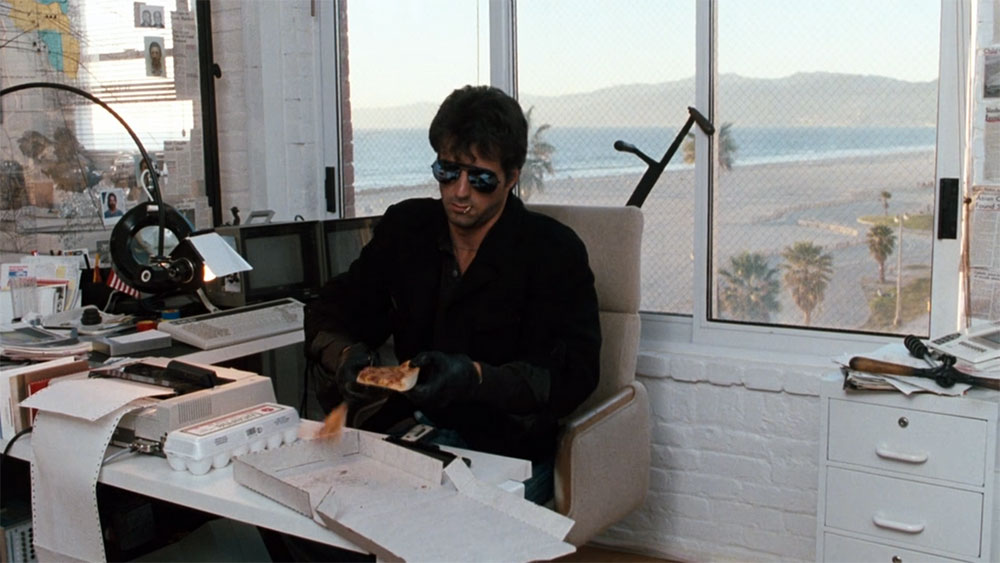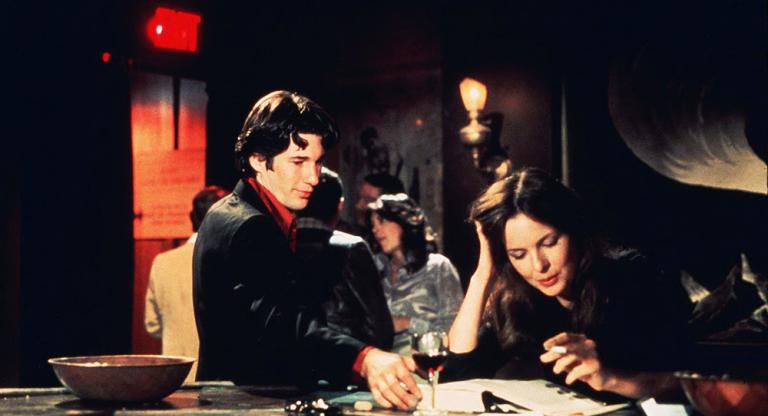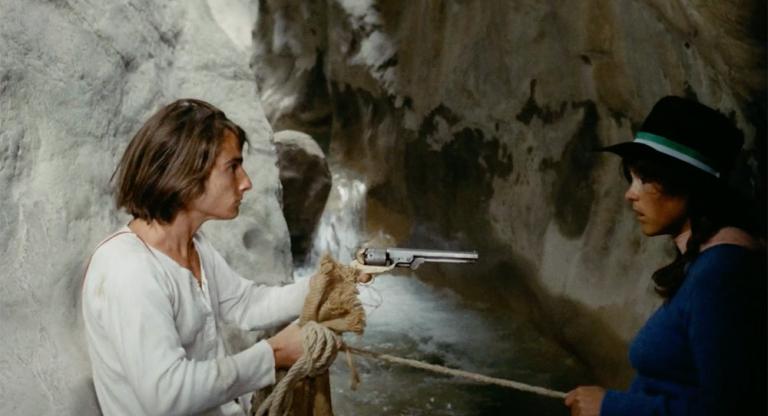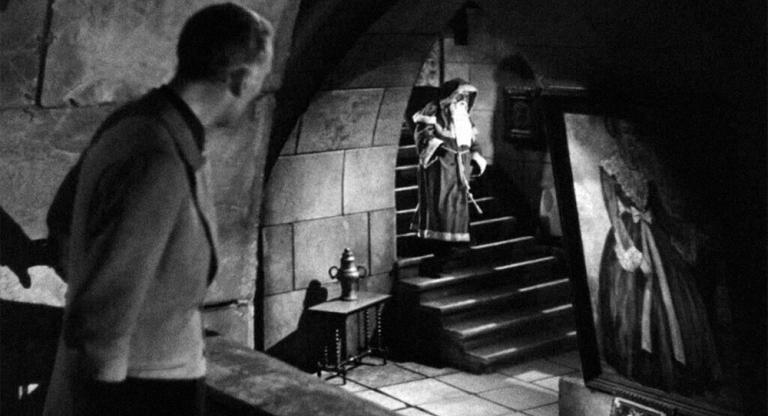By the time of Cobra’s 1986 theatrical release, Stallone was a household name for iconic characters like Rambo and Rocky. It’s safe to say that Stallone could do just about anything he wanted in Hollywood, and what he wanted to do following the success of Rambo: First Blood Part II and Rocky IV (both 1985) was to make his own riff on Dirty Harry (1971) while also paying homage to another distinctly American icon, Bruce Springsteen. The result would be a deliriously violent assemblage of warring genre conventions with the type of budget only someone of Sly’s stature could command at the time. Cobra cost more than Top Gun or Aliens, similar genre films of the year. But unlike those films, everyone (and especially critics) seemed to loathe it.
Following the wanton brutality of his second Rambo outing, Stallone’s brand had become synonymous with violence. As violent films were increasingly marketed to children throughout the ’80s—which Stallone personally took issue with in an interview with the Chicago Tribune prior to the release of Cobra—a critical backlash took hold against the senseless carnage on screen. Cobra, even more than either Rambo film, revels in sadism. Its nihilistic worldview posits crime as the disease and Stallone, naturally, the cure. As much as the film was influenced by American patriots like Clint Eastwood’s Harry Callahan and Springsteen, Cobra feels equally rooted in the potently confrontational and exceedingly grim European genre films of the prior decade.
Not unlike Arnold Schwarzenegger’s Raw Deal from the same year, Cobra pays tribute to the Italian poliziotteschi genre, which found popularity in its homeland in the ’70s before crossing over to American grindhouses. Stallone’s titular role is the type of character that Franco Nero would play to rapturous acclaim in Italy, a tough-as-nails cop that refuses to play by the rulebook of the department and doesn’t bat an eye at killing anyone in his way. If Eastwood’s Dirty Harry character commodified and championed American fascism then Cobra turns it into a cartoon. In the course of Cobra, Stallone stabs, shoots, and impales criminals throughout Los Angeles in the manner that Tony Manero struts down the streets of New York City in Saturday Night Fever (1977).
What sets Cobra apart from the aforementioned Raw Deal, however, is how director George P. Cosmatos indulges horror conventions alongside the more obvious crime elements. His film takes up at once the traditions of the poliziottesco, and the giallo. The narrative crux sees Stallone’s character taking on a bizarre cult of axe-wielding psychopaths. With much of its action taking place at night, in dimly yet colorfully lit interiors, Cobra calls to mind the films of Dario Argento and Lucio Fulci, likewise it matching its protagonist with mysterious, leather-glove-clad, killers.
There have long been rumors of an extended cut, rejected by the MPAA on account of gruesome violence. That version apparently ran two hours, which would add over thirty minutes of footage to the theatrical release in circulation. Though that cut has never surfaced in its entirety, over twenty minutes of deleted scenes have; these offer a glimpse at what Cosmatos and Stallone had originally envisioned, an even darker affair than what we have been watching since 1986. One sequence features a child delivering severed heads to the police station in a gift-wrapped box. Cobra is rarely mentioned as a Christmas movie, despite numerous sequences brimming with the decorations of the season, but the yuletide setting is an intrinsic element of its politics.. Christmas offers a clear visual of the American tradition Cobra is intent on protecting, though Stallone himself attests to once having a truckful of Rambo toys destroyed rather than distribute them to children for the holiday.
Cobra screens on 35mm at the Drafthouse New Mission on Wednesday, January 24th.
Previously:
Cobra screens tonight, December 19, on 35mm at Nitehawk Prospect Park.



